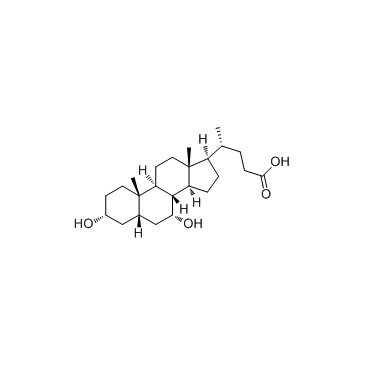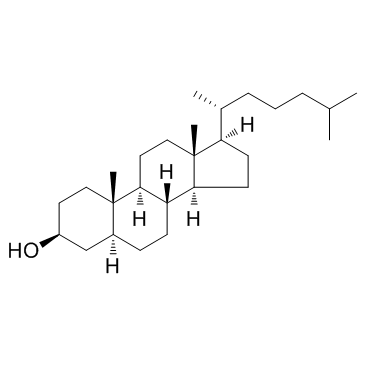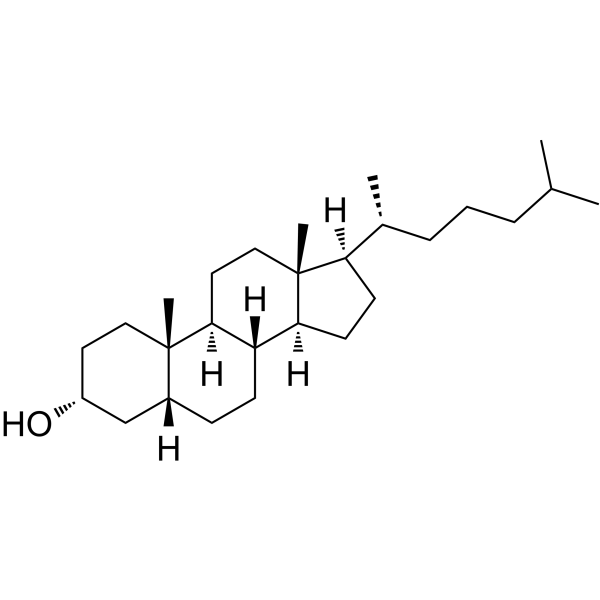| Structure | Name/CAS No. | Articles |
|---|---|---|
 |
Chenodeoxycholic acid
CAS:474-25-9 |
|
 |
Dihydrocholesterol
CAS:80-97-7 |
|
 |
5b-cholestanol
CAS:516-92-7 |